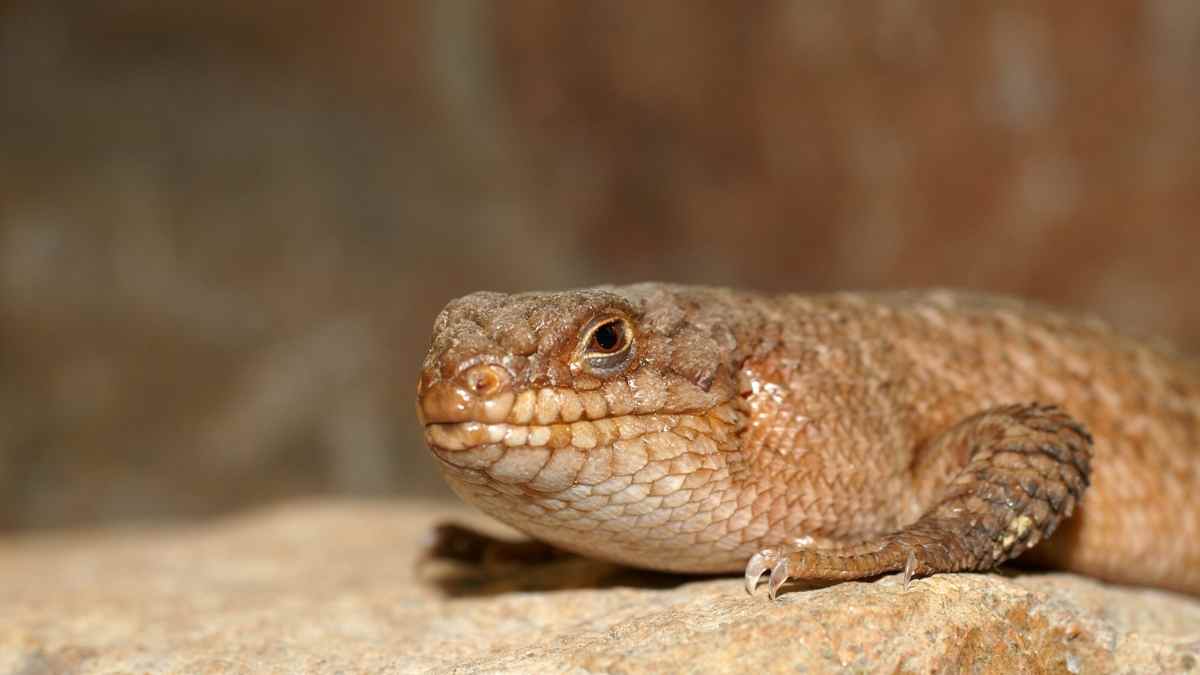
Gidgee Skink – A Short Guide!
Overview
Scientific Name: Egernia stokesii
Common Name: Gidgee Skink
Average Lifespan: 10-25 years
Average Size: 10-12 inches
Preferred Temperature: Daytime for basking: 110-120°F (43-49°C), with cool side temp of 80°F (26.6°C). Nighttime: 77-79°F (25-26°C)
What is a Gidgee Skink?
A Gidgee Skink is a type of skink that is found in Australia. They are small to medium-sized lizards growing up to 12 inches in length. Gidgee Skinks are brown or black in color with dark blotches or bands on their bodies. These lizards are very shy and secretive, so they are not often seen by people.
Gidgee Skinks live in dry, arid habitats such as deserts and woodlands. They spend most of their time hiding under rocks and logs or in burrows. These lizards are mainly active at night when they come out to hunt for food. Gidgee Skinks eat insects, spiders, and other small animals.
-

Beaded Dragon Fan Exclusive: ‘Original Hipster’ T-Shirt – Wear Your Unique Style with Pride – Unisex t-shirt
£13.00 – £20.50 Select options This product has multiple variants. The options may be chosen on the product page -

Chinese Water Dragon Aquatic Mastery Tee: Dive into Elegance with Our Exclusive Reptile Enthusiast Shirt – Unisex t-shirt
£13.00 – £20.50 Select options This product has multiple variants. The options may be chosen on the product page
These lizards are not considered a threatened species, but they are protected in some parts of Australia. This is because humans have destroyed much of their habitat through farming and other activities.
What does a Gidgee Skink look like?
As mentioned above, Gidgee Skinks are small to medium-sized lizards that can grow up to 12 inches in length. They have long bodies and short legs. Gidgee Skinks are brown or black in color with dark blotches or bands on their bodies. These markings help to camouflage the lizards from predators.
Gidgee Skinks have smooth, shiny scales. They also have a long tail that can be up to twice the length of their body. The tail is used for balance and for stored fat, which the lizard can use for energy when food is scarce.
What do they eat in the wild?
Invertebrates
Plant matter
Where are they from?
Australia
